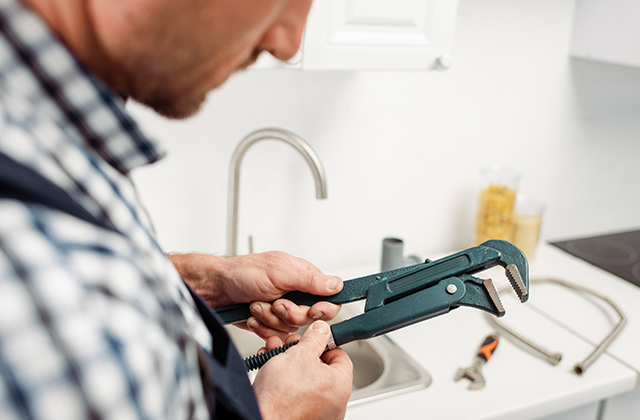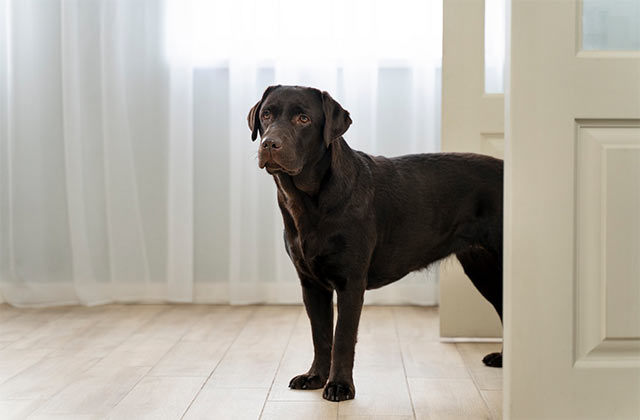Often people ask ‘Why would we use a Building Broker?’ There are many benefits when using a Building Broker and the following options below go through the pro’s and con’s of home building using tried and true established methods of home building and the newest way of designing and building a new home in Perth, Western Australia.
The Old Fashioned Way – Go directly to a display home builder
This is probably the most common way of building a new home and has become an established method throughout Australia and also made popular by luxury home builders in Melbourne, because of the aggressive marketing used by builders who align themselves with land developers by creating display villages.
Another thing to consider is the building inspection report, if you are having your dream home built from scratch. When constructing a new home, it is best to have as many backups and insurances in place, to ensure you get what you are paying for. One of the things builders are good at, regardless of their experience and expertise, is covering up their mistakes.
An independent building inspector, will cover your future dwelling with the skillful eyes of an expert and uncover any hidden gotchas, that may come up only after the builders warranty has expired. So spending a few hundred dollars on a New Building Inspector in Melbourne, just could save you many thousands of dollars if they discover something quite out of the ordinary.
A lot of buyers find building confusing and overwhelming as there are just so many variables to consider. Things like;
Where do we begin?
What can I get for my money/how much will the completed building cost?
What will my house look like?
Project builders answer these questions by having their own broker (New Home Sales Consultants) in the display home 4 days a week. You’ll receive guidance on the home building costs, what happens next and you’re able to wander through the finished display home and get an feel for the home as if you were living in it. This is the exact representation of what every ‘project builder’ does and they do well. They reinvent old house designs year after year and build hundreds of replicas. Often if you were to take a short cruise in your car you would find that very display home multiple times in the new subdivisions.
Pro’s
You can physically see what your home will be like when completed, before you even get started building on site
Con’s
You’re unable to compare apples with apples by getting a second price due to copyright.
You’ll live in a ‘one size fits all’ home. Which is OK if you’re just like everyone else.
There will be barely any consideration to your block and the angle or aspect – which means you may have very poor solar passive design principles included in your home if your block faces a different direction to the display home.
You probably won’t be able to make many changes. If you are allowed they will more than likely be priced at a higher than standard margin.
Hidden costs are added to the price of the house. Items like site costs, local government costs and concrete pumps are examples of this.
The building broker in the display (New Home Sales Consultant) will provide you with biased advice after all, they are looking after the interests of the builder.
You need to trust the builder is honest in all dealings and that the work on the building site is acceptable, especially if you have no way of checking it yourself.
Use an architect
Generally buyers won’t discuss building with an architect unless the expected building price is going to be over $500,000. That might be too low for some architects who are well known for exceeding the buyers budgets with their inefficient house designs.
Pro’s
To gain qualifications an architect must study for seven years and be employed for two years under another practising architect before they can receive their certification. That means they’re experts in home building right?
Con’s
The exorbitant upfront costs mean this avenue is the most restrictive of all, and rarely does the finished building justify such large fees.
Generally architects design both commercial and residential construction – which means you’re not getting a specialised house designer. The architect you employ may be more familiar with commercial construction, which is a different industry using different building methods and costings.
Most if not all architects won’t be aligned with a building company which means they don’t keep up to date with building methods and materials. This generally results in designs exceeding the buyers building budget.
Be an Owner Builder
Surely you could build your new home yourself and achieve the greatest outcome! This is probably true for most things in life right? If you can do it on your own surely you will be able to save some money. There are numerous people that think they should perform their own car service instead of using a mechanic because the mechanic is going to rip them off right? But the simple truth is that the mechanic is experienced and can complete the work in half the time and knows where to get the parts immediately and guarantees the job. It is very much the same as building. I was reminded of this when a friend of my wife’s came over last week and was discussing her Kitchen renovations. She’d been having a difficult time searching for a decent cabinetmaker, so I gave her two names on a small piece of paper for her to ring. Today, my wife’s friend visited and handed me a lovely bottle of wine and thanked me for referring her to a terrific cabinetmaker. When you’re considering building a new home, you’re entering into a process that involves so many different variables that if one isn’t right, may have a huge impact on the entire process. I’ve personally spent 20 years qualifying home builders, building suppliers and quality tradesmen. I have my own little black book full of names of great people that will deliver what they say they will. However, if I chose to I’m sure that I could fill many other books with names of people that don’t.
Pro’s
Unless you’re a builder, or in the home building industry, I really don’t see any pro’s. Most may think of the one main factor of ‘savings’ however that is just a false assumption. A poorly designed house can be $30,000 more than a well designed house even though they look very similar. If you lack the understanding in building, you will be doing yourself a disservice by attempting this yourself.
Con’s
You’ve got to be extremely lucky to get the best design, best interior design, best energy efficiency, best engineer, best builder, best surveyor, best price, best timeframe…
If you’re thinking of home building you should be using a building broker. You will save time, money and stress and you will get the best building result because building brokers are industry trained experts in all areas of home building.
Steve Fitzpatrick is the Managing Director of Your Building Broker in Perth Western Australia and has over 20 years experience in the residential construction and building industry and over the last 15 years has worked almost exclusively as a custom home builder of fine homes.
Article Source: http://EzineArticles.com/expert/Steve_Fitzpatrick/792274
Article Source: http://EzineArticles.com/5691036


